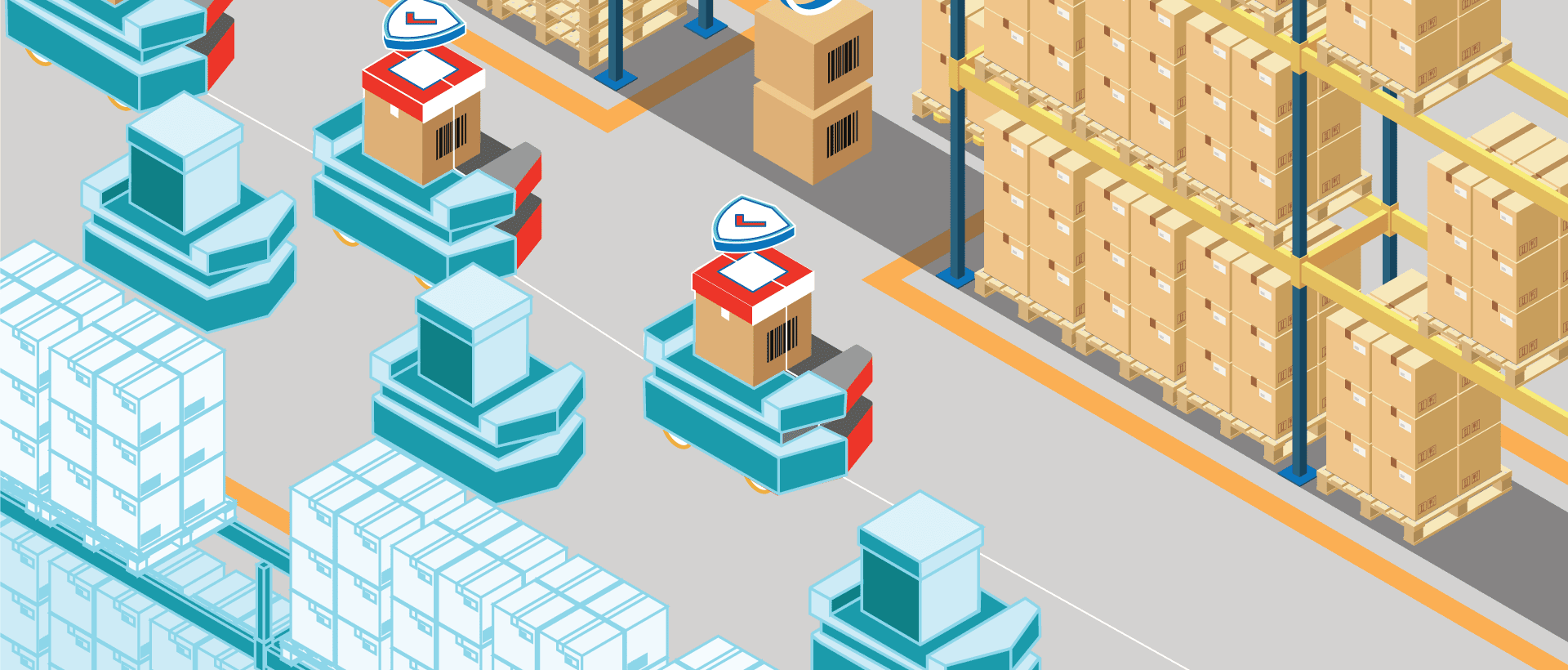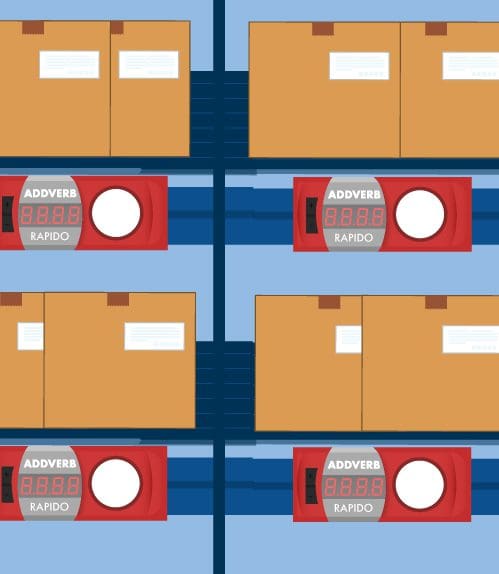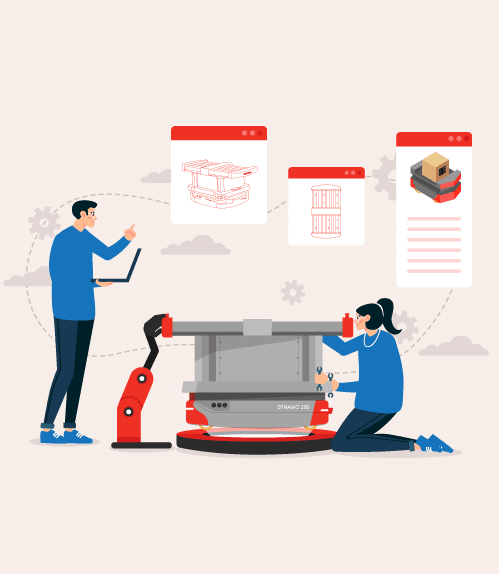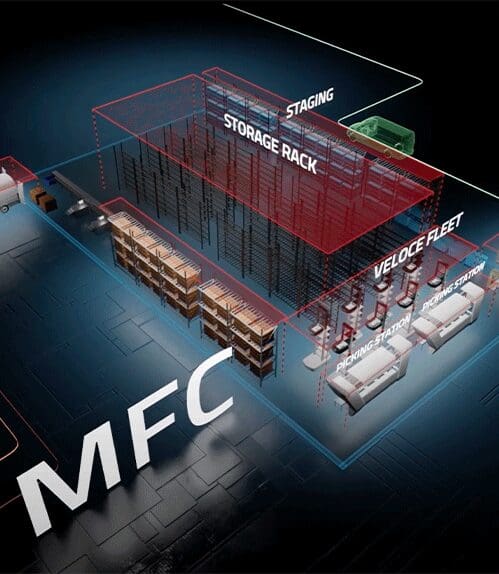The logistics industry has undergone continual advancements in the last decade and eventually created various opportunities for supply chain professionals. Technology opens up new possibilities and hence companies acing technology in the supply chain arena have found innovative ways to embark on a journey to unmatched efficiency and utmost customer satisfaction. But one of the most riveting technology in this space comes in the form of digital twin technology.
Digital Twin technology in the warehouse operates via feeding the data into aa virtual system. Combining this data with the Internet of things (IoT) bridges the physical warehouse with a unique virtual representation that monitors which exactly replicates the actual warehouse operations and further used to simulate the actual setup. It helps to make better decisions in real-time and facilitates clarity of communication among supervisors and managers due to information symmetry. It has resulted in the reduced go-to-market time by using virtual simulation of warehouse operations.
Unraveling the History
As a concept, digital twin became popular in 2002 but it was first used by NASA as a way to operate and repair their systems, located far away roaming in the galaxy. It proved out to be much productive in controlling and mirroring the systems after sending them out of earth’s biosphere. Now, armed with machine learning, artificial intelligence, and IoT data and devices, digital twins have evolved to an entirely new level of potential.
Application: Disrupting the status quo
Digital twins in the warehouse are creating an opportunity for companies to reimagine and re-examine their layouts and operations. When companies design the exact digital model of their physical layouts, it unlocks the way to experiment with multiple permutations & combinations and simulate to come up with different scenarios. It is operationally cost-effective as the results of the new design can be witnessed without risking the actual current operations. For example, Addverb uses this technology to simulate the warehouse layout designs via virtual 3D modeling, while proposing a solution to the customer and the results of the suggested design can be evidenced in the digital format. This allows the customer to do a cost-benefit analysis and throughput testing. This will help in keeping a track of the impact of the new solution on the current level of operation basis a data-driven decision. In the end, this will give companies the tools to create improved physical warehouse layouts while increasing the productivity of the workers. It helps the supervisors and managers to use real-time operational data to make informed decisions to reduce congestion, improve resource planning, and allocate workload.
What does the Industry say?
The project demonstrated so far based on digital twins helped in the development of risk-free approaches for testing in an agile way with a whole suite of technology to back them up. Industry researchers expect the market for the digital twins to grow 38% up to become US $26 billion by 2025.
Giants in the space of Industrial automation such as GE and Siemens are harnessing the possibilities of this technology for product development and management with new insights.
How does it matter?
The conventional modeling of machines and parts do not take into consideration the way in which parts wear out and replaced or how often the owners make modifications to them as per their requirement. With the advent of the digital twins, any changes made with the physical objects will also be reflected in the digital model of the object, changing the entire process drastically, something which was a mere imagination until now.
Instead of expensive and time-consuming experiments, the changes and new proposals can be incorporated in the virtual model and analysis can be done on the efficacy of the solution. Specifically to the warehouse, digital twin facilitates end-to-end traceability of assets, pallets, and packages to ensure operational efficiencies in logistical operations.
Digital twin technology has the potential to transform the logistics industry that can aid decision making while allowing a better perception of the future evolution of the operations. This technology will eventually lead to expedite the implementation of Industry 4.0 across the globe and this reign is in the hands of the logistic professionals to adopt the technology in their own operations.








